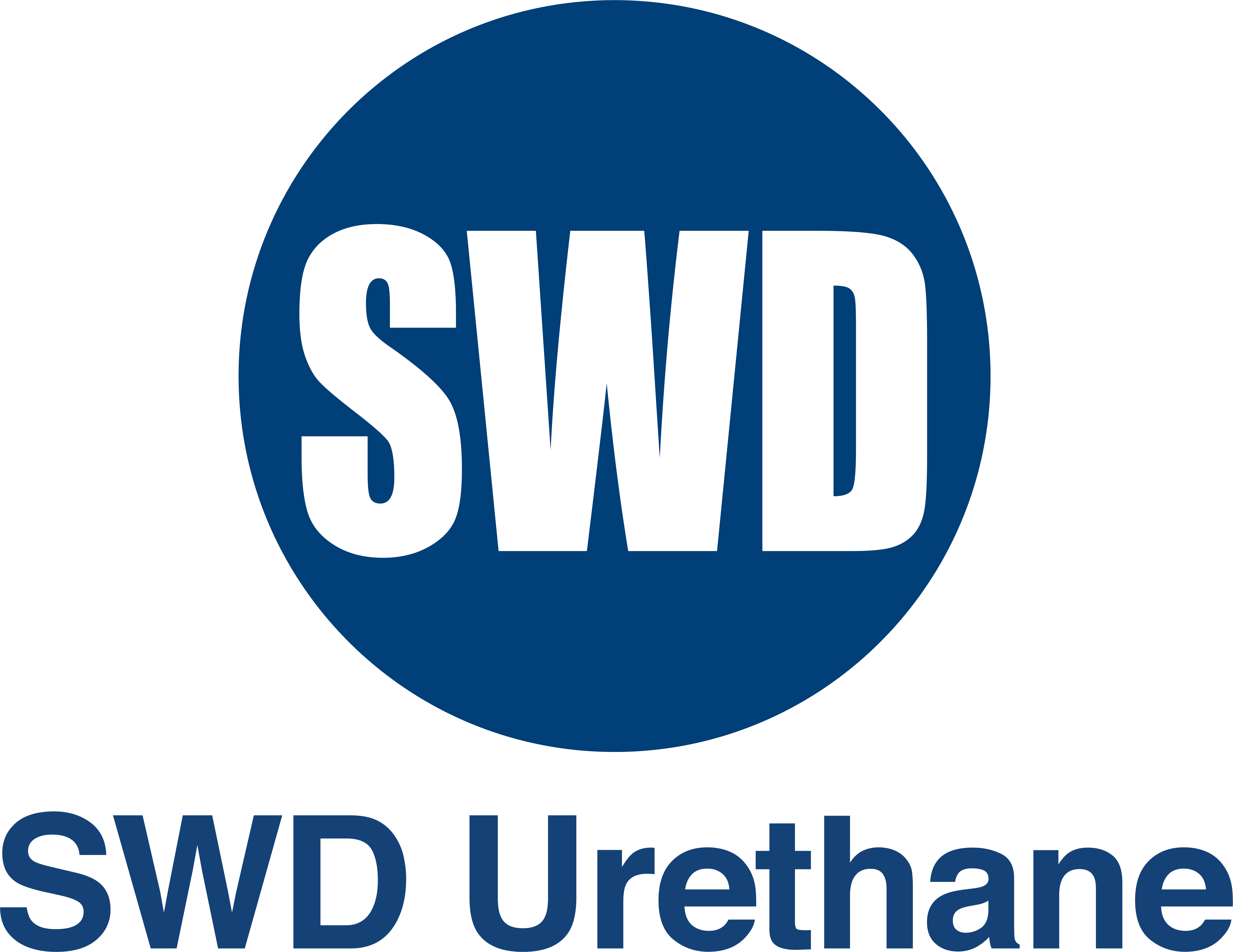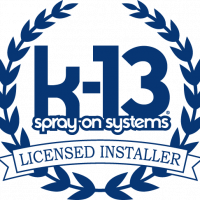Most people understand insulation in traditional terms. If you ask them about it, they probably picture the big pink rolls available at home improvement stores, or they might also be familiar with either blow-in or spray foam options. Beyond that, they might not know too much about their choices.
There are other options that can insulate your home from the outside elements and help you save on your utility bill. Reducing heat with radiant barrier insulation is one such tactic; while traditional insulation absorbs excess heat, a radiant barrier will reflect it away from its surface.
Read on for more insight into how and where radiant barriers work and why you might want to explore this option for your home or business.
What is a radiant barrier?
At their core, radiant barriers are highly-reflective materials—picture a roll of shiny material, almost like aluminum foil but thinner. In order to be considered a radiant barrier, there are very specific criteria that must be met after being established by the United States Department of Energy. They must have a reflectivity rating of 90 percent or higher and an emissivity rating of 10 percent—numbers that ensure a high degree of efficiency. There are a number of different barrier products on the market that promise varying results, but all of them work on essentially the same principles.
How do radiant barriers work?
Radiant heat is warmth that transfers without direct contact with the source—think of how the front of your body is warm but the backside is cold if you stand by a campfire. You feel the heat transferring from the source, but you’re not making direct contact with the fire.
As the sun beats down on your roof over the course of a day, eventually the roof warms to a point where it starts transferring this heat to the inside of your house. This is where radiant barriers come into play. If applied properly, they can help reflect this heat back and away from your home’s interior so that it’s not subject to this excess warming. Finally, while reducing heat with a radiant barrier is the main goal, it is not just a benefit in warm weather. Radiant barriers help increase your insulation’s overall R-value, which also pays dividends in colder temperatures.
How to install radiant barrier insulation
Installing a radiant barrier is simple enough that it’s perfectly suited for most DIY-ers. The materials are available just about anywhere online or at home improvement stores, and the only tools that you’ll probably need are a staple gun and a pair of scissors or shears. Next you need to know where radiant barriers work. They’re usually installed either directly on the underside of your roof or on top of existing insulation—either way will prove beneficial.
Installing radiant barrier insulation should not be your sole plan for insulating your attic and home. Think of it more as a first line of defense that will serve to buttress your other insulation options. Reducing heat with a radiant barrier is a great way to cool down inside spaces in hot weather, which, in turn, decreases your cooling bills.
If your home’s insulation requires some rethinking or refreshing, then it’s time to call the pros at Ace Insulation Inc. We can help you with everything from radiant barriers to fire-stop insulation materials, so call us today for assistance.


